Inkies: The men and women working the world's biggest printing press
Scotland is home to the world's biggest newspaper printing press. I was given exclusive access for a photo essay.
I jumped at the chance to photograph The Times being printed at the giant Newsprinters plant at Eurocentral on the M8. And I thought it was a good opportunity to write a short piece about the relationship between journalists and print.
Technical information for geeks: Eurocentral is home to two XXL Manroland Colourman presses, which combined make the largest newspaper printing press in the world. At full capacity it can print 172,000 full-colour colour newspapers an hour
Words and pictures: Kenny Farquharson/The Jaggy Thistle
I have always considered myself an inky. We newspaper journalists like to differentiate ourselves from the algorithm jockeys of digital journalism and the light entertainers of broadcast news. The industrial process of printing confers on us a blue-collar authenticity, or so we like to think.
A newspaper is both permanent and transient, a historical record and tomorrow’s chip wrapper. As an object it is pleasingly tactile. It folds. It opens. It rolls. It rustles. On the menu of your day it is a condiment at breakfast, a side order at lunch, a digestif after dinner.
The process of printing a newspaper is a daily miracle of engineering and logistics. A thousand things can go wrong and often do. And yet every day, without fail, the paper girl rattles the letter box of my tenement flat at 7.30am with news of the world, if not these days The News Of The World.
A journalist’s relationship with the printing press changes as they move up the ranks.
I trained as a cub reporter on the Coventry Evening Telegraph in the English Midlands, a textbook example of a 20th century city newspaper housed in a handsome 1950s brick building that included its own printing presses. A fleet of liveried vans idled in the yard, ready to take still-warm bundles to newsagents and street sellers throughout the afternoon.
Every day we produced seven editions. Three were for the city itself, published at lunchtime, mid-afternoon and teatime. This last edition was the City Final. Another four were for Coventry’s satellite towns: Rugby, Bedworth, Warwick and Leamington Spa, each with their own masthead and local stories.
This made for a busy day. I recall sitting at my typewriter, feeling the rumble of the presses through the soles of my feet, writing the splash of an edition that was already in the process of being printed. A copy boy was at hand to take away each paragraph as I wrote it. As I hit the final full stop the intro was already being typeset.
For a young journalist the printing process is the drumbeat in the Viking longship. You are chained to an oar and if you are not in time with your strokes you get a taste of the lash.
For a journalist who has climbed the greasy pole to be an editor, the job is beating that drum. The print schedule dominates every working day. Civilians have a view of newspaper editors far removed from reality. Only a very small part of the day is spent in conferences contemplating the political conundrums of the age. Much more time is spent ensuring the splash is off-stone in time to make the London train. Or the correct weight of paper - measured in grams per square inch - is being used for the Christmas TV guide.
The editor’s main job is to play a flawless role in a manufacturing process. Words and pictures are only part of it. You learn the difference between heatset and coldset, between stitched and stapled. You know about towers and hoppers. You know how and when to slip an edition for late-breaking news. You know by heart the newsprint cost of adding a 32-page supplement, lengthening the print run and adding weight to the bundles. You learn when to print a pull-out early and insert it later and when just to print it on the run. The press hall is on speed-dial.
The presumption in the news trade is print is dying off. Digital is without doubt the future for news reporting. People want breaking stories on their mobiles and on all the social media apps they use throughout the day, from Twitter to TikTok. The old division between print and broadcast is breaking down: these days journalists are expected to be as good on radio as they are are on a qwerty keyboard.
All this is true and I have no problem with it. I embrace it. Because I know print will never truly die. There are some kinds of journalism that will always work better on paper than on a smartphone screen.
Sure, the print product will change. It will move to more of a magazine format, and its news role will be to explain and contextualise rather than simply report. Some media firms may stop printing on weekdays, concentrating their efforts on weekends when people have more time for long reads and a more considered kind of journalism over a cup of tea or a glass of wine. Plus, we all need a screen break sometimes.
Meanwhile, I am the guy waiting for the 7.30am clatter of the letterbox. My daily delivery of The Times is a simple yet profound pleasure. The centuries-old wonder of black ink on white newsprint reporting every shade of grey. The world delivered to my breakfast table.
[More pictures below]
Kenny’s photography gear on this assignment:
# Camera: Fujifilm X-Pro 3
# Lens: Fujifilm Fujinon XF 16-55mm f/2.8 R LM WR ASPH





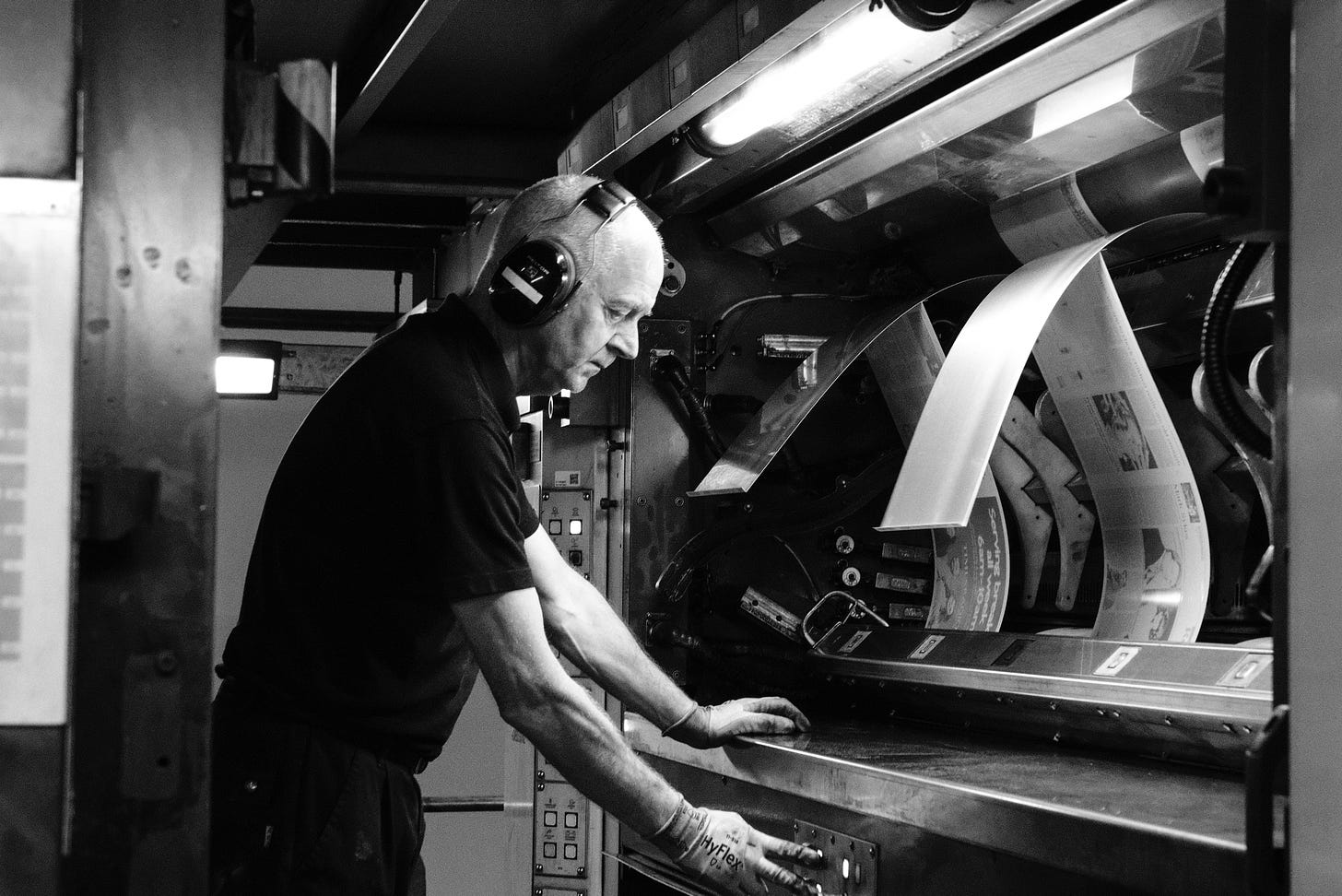
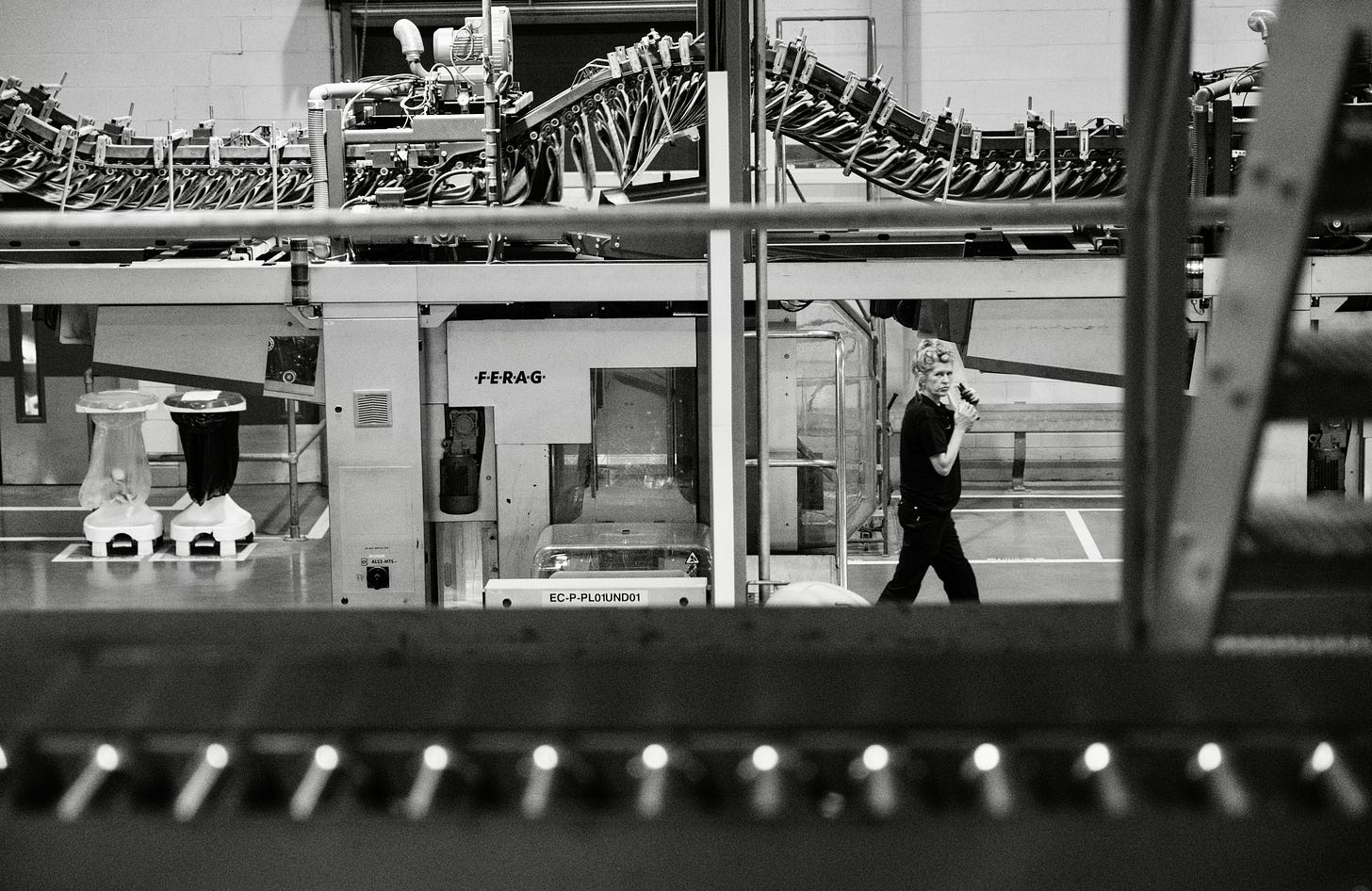
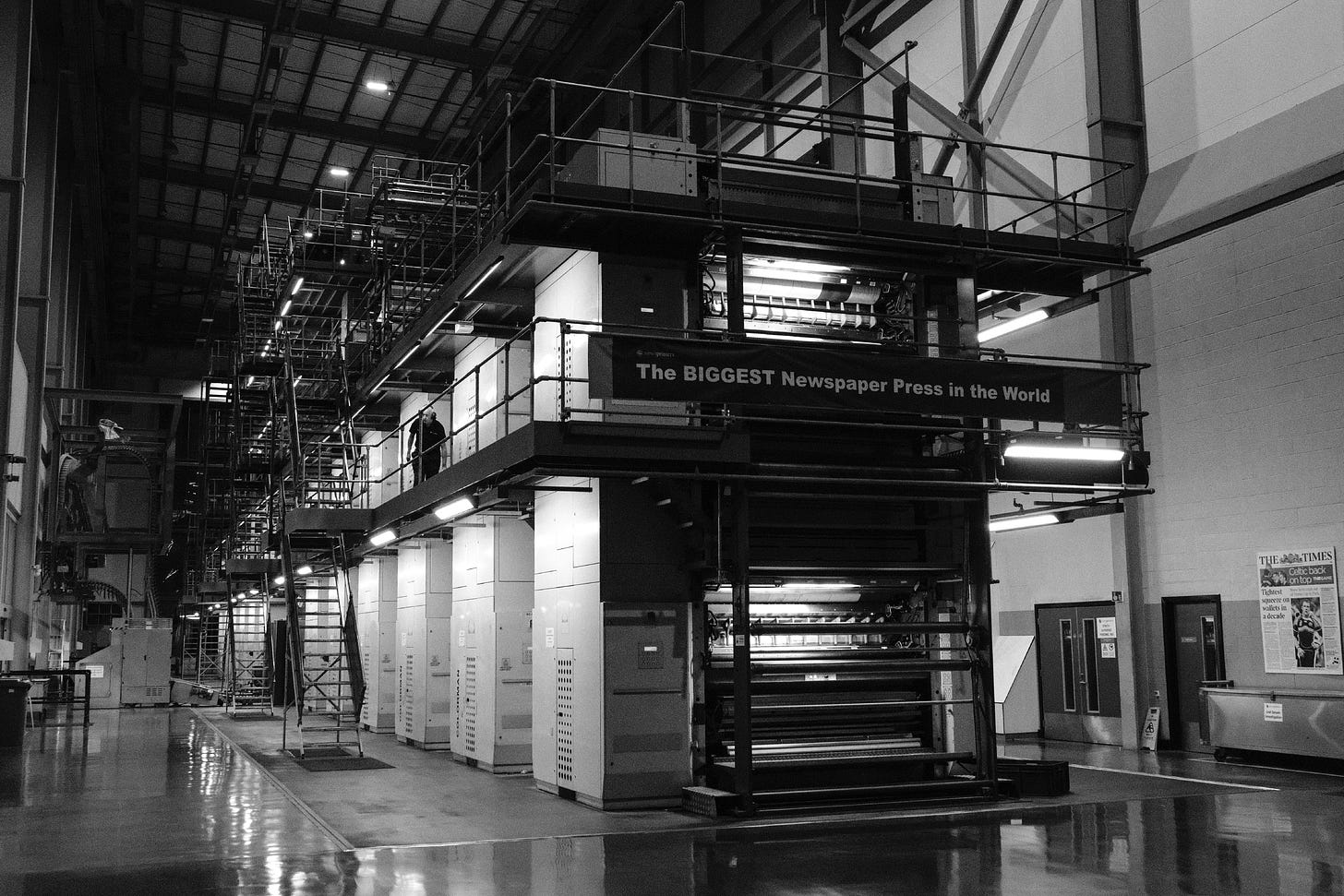
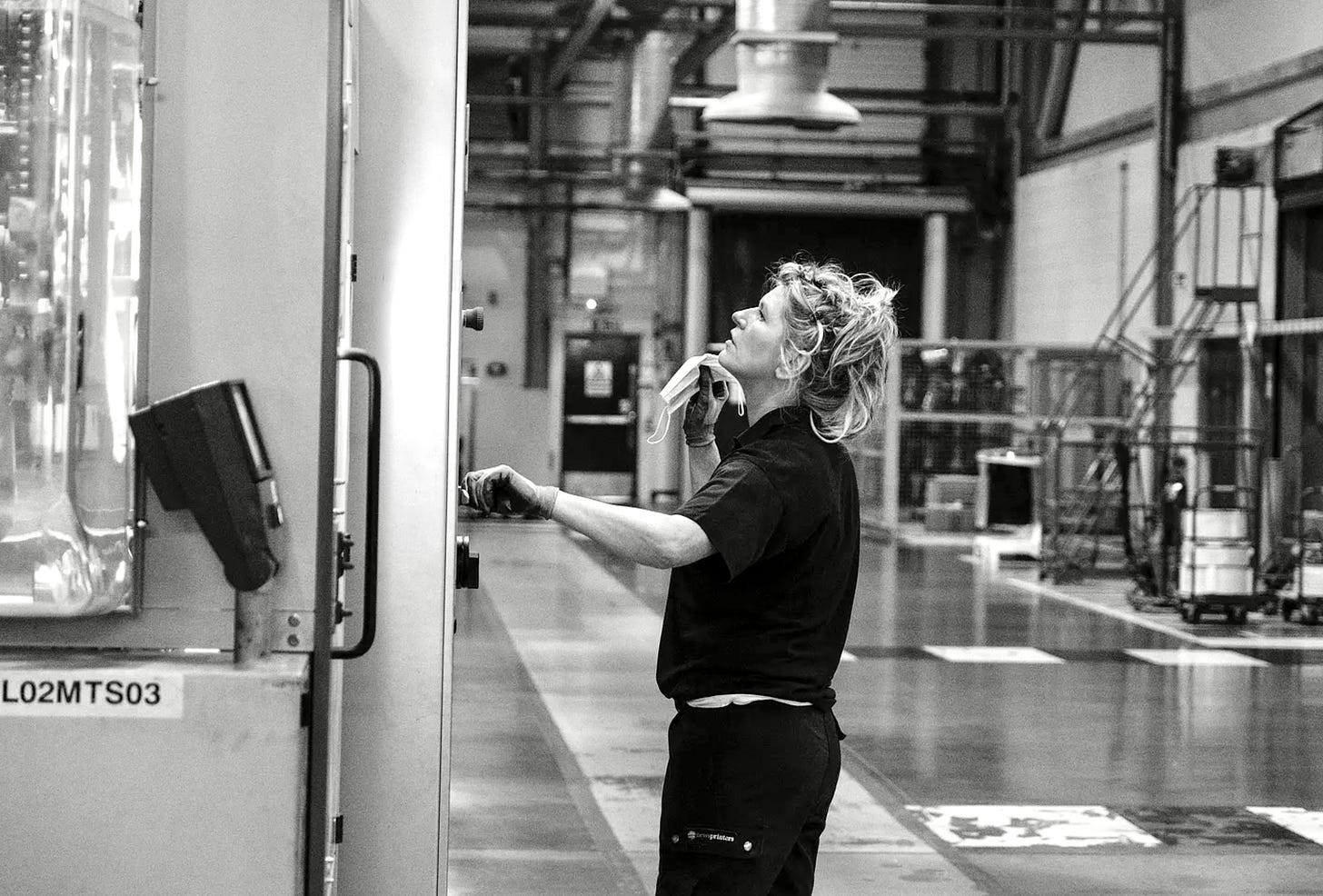
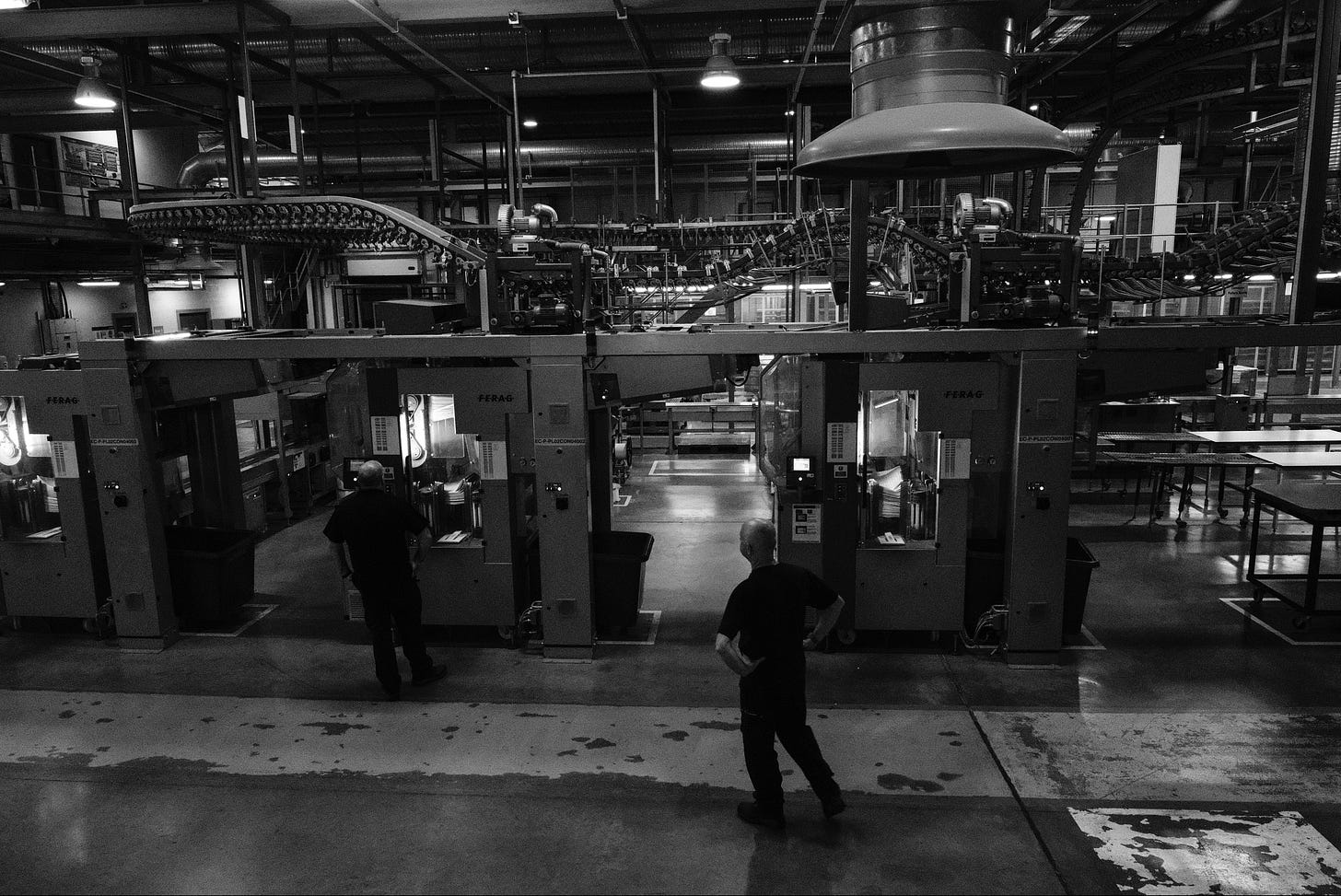

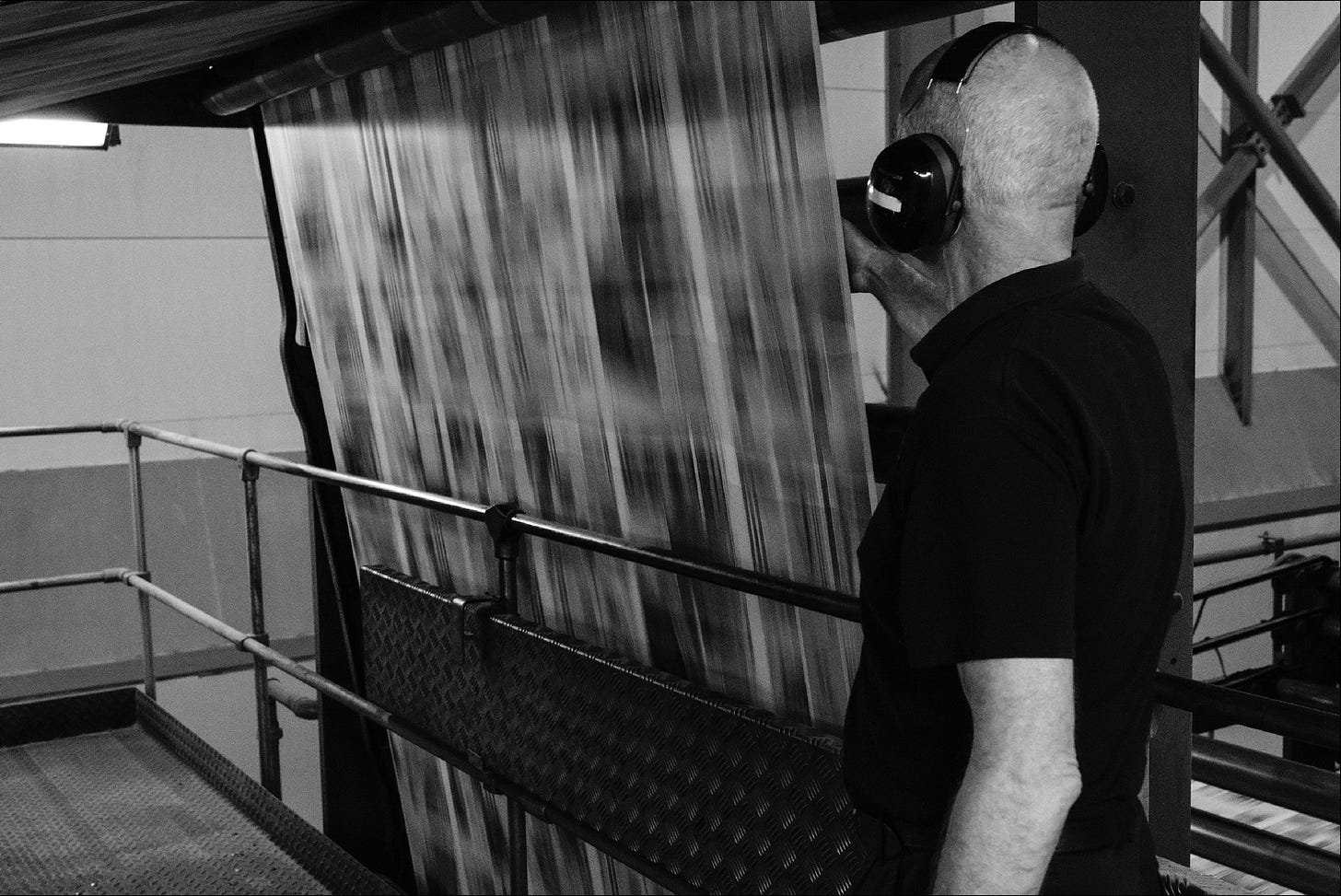
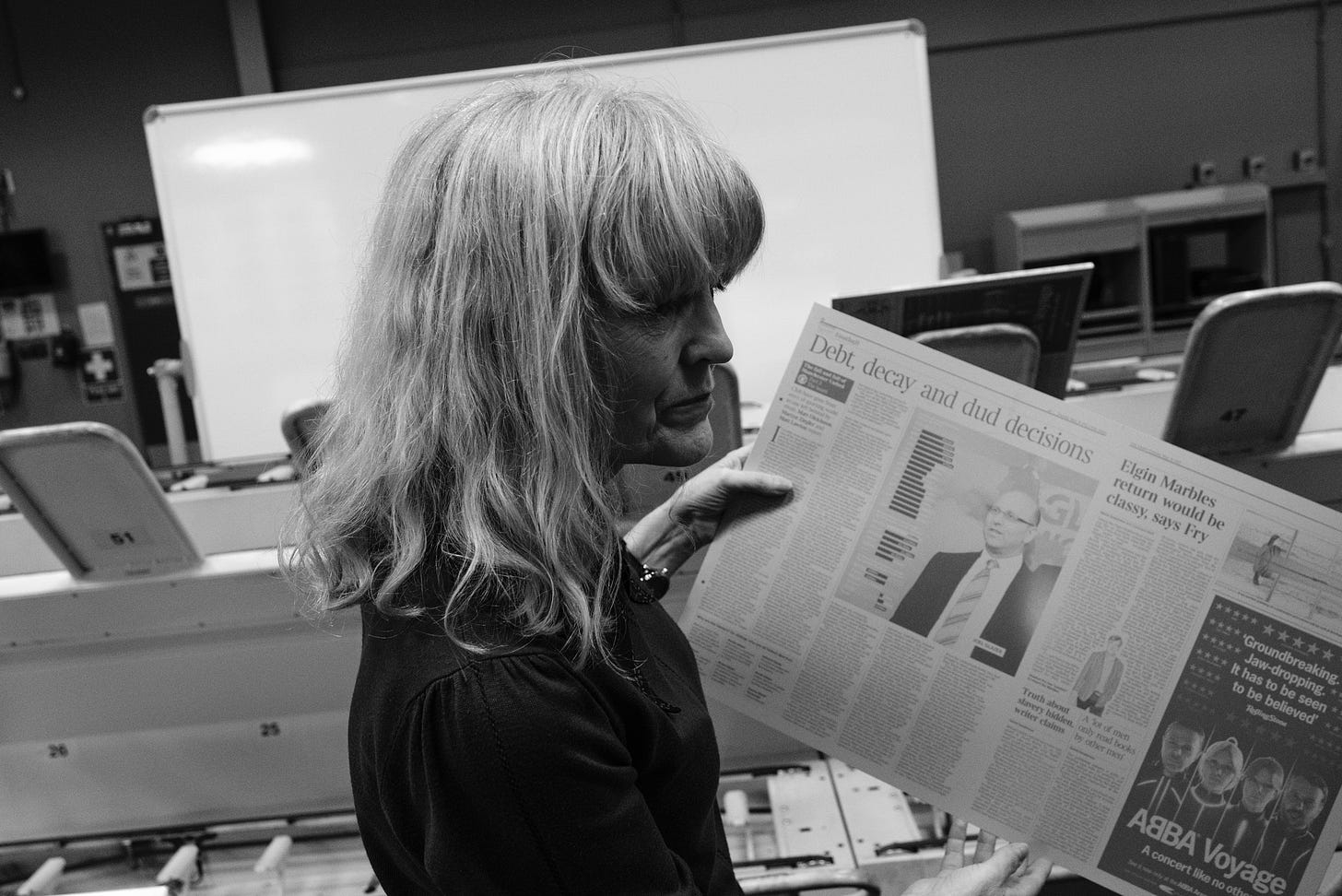
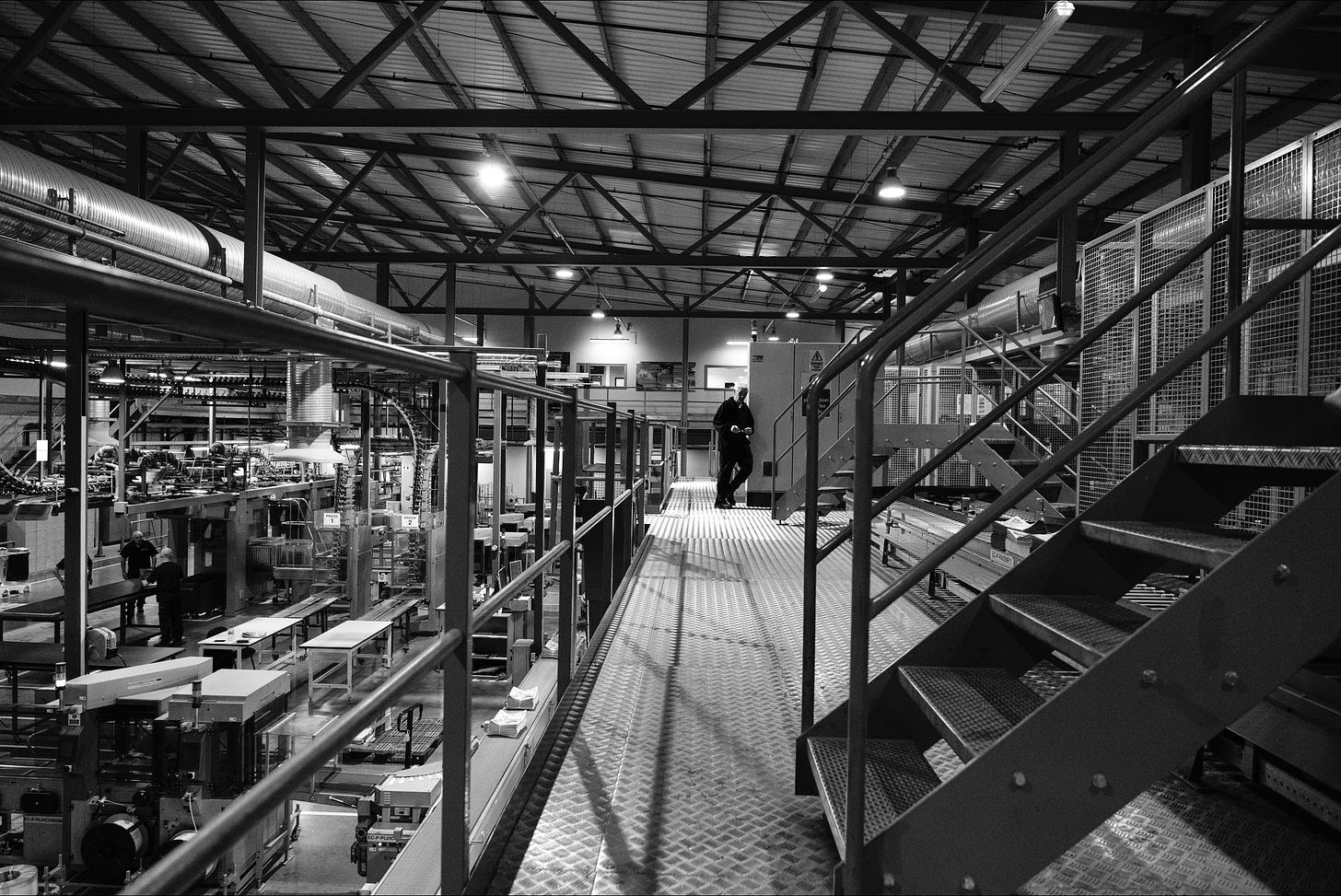
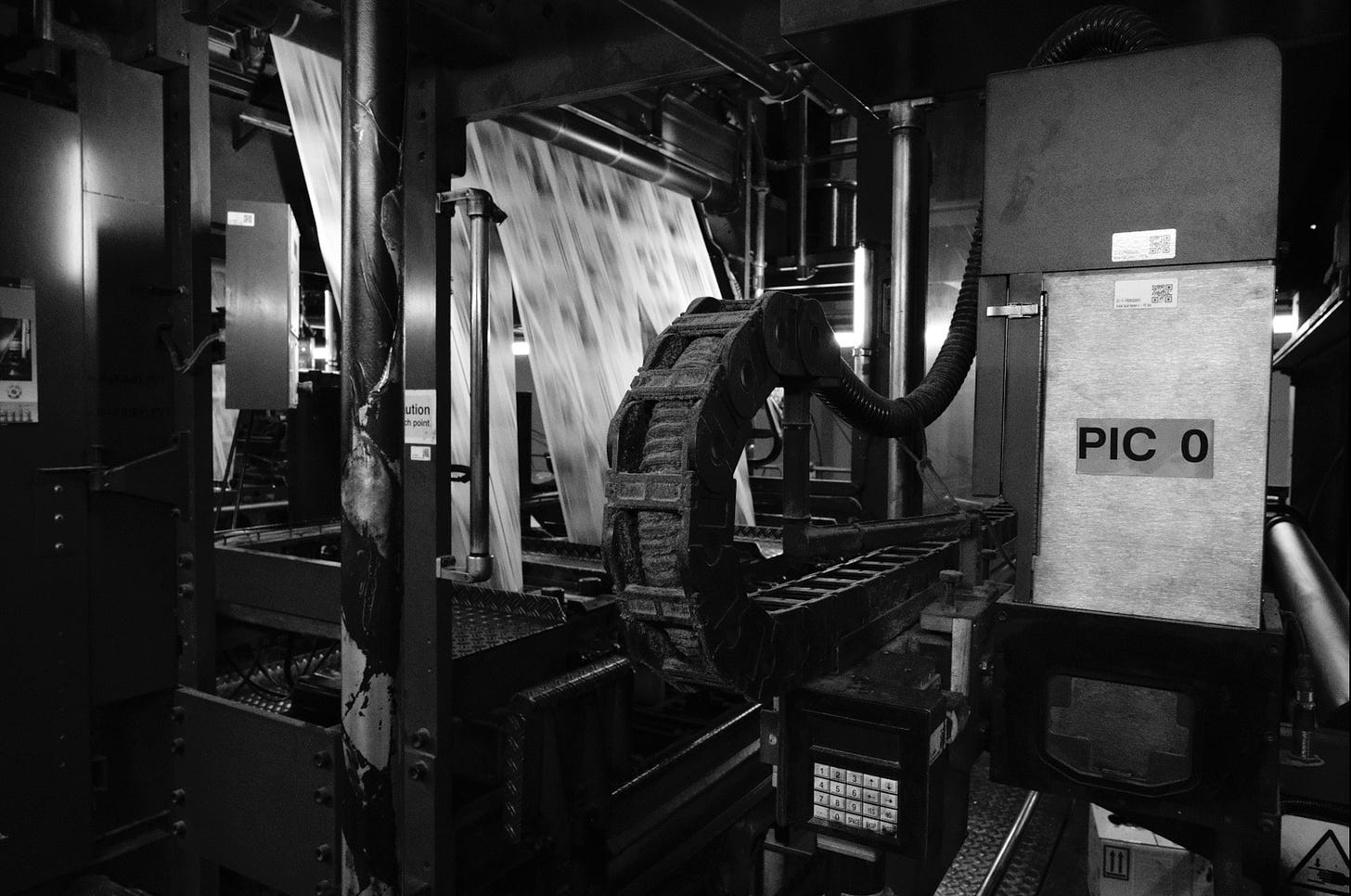
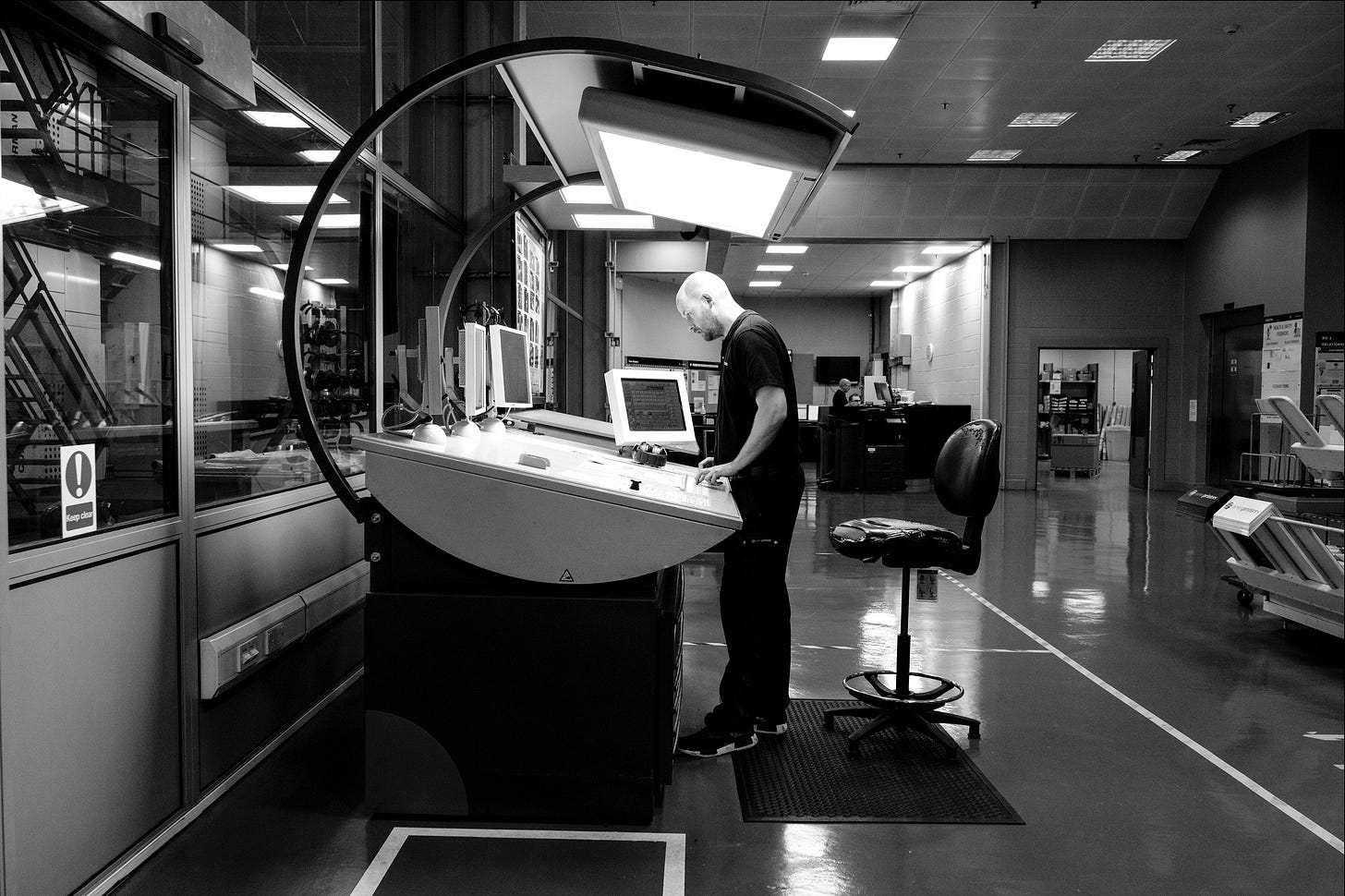
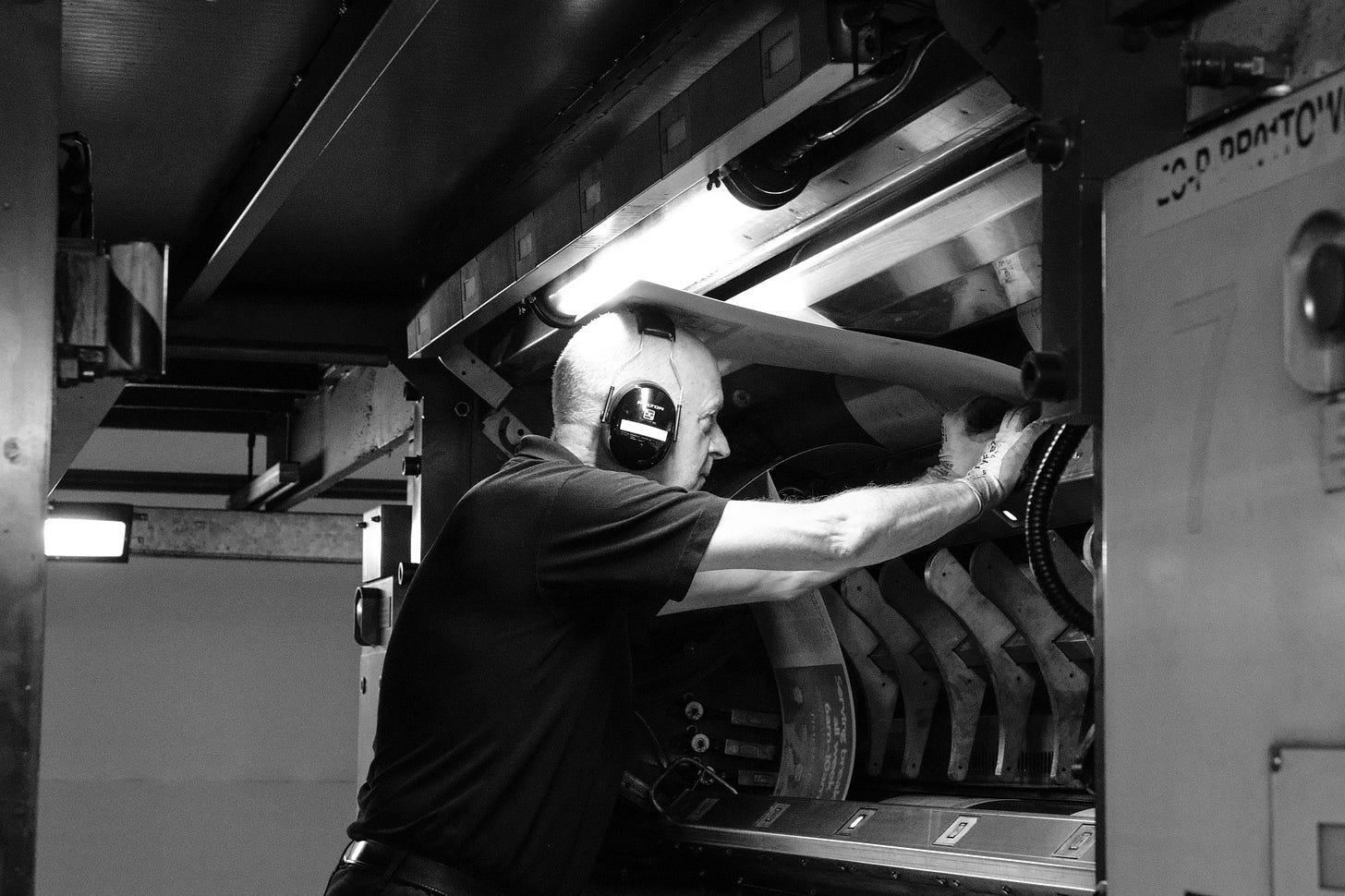
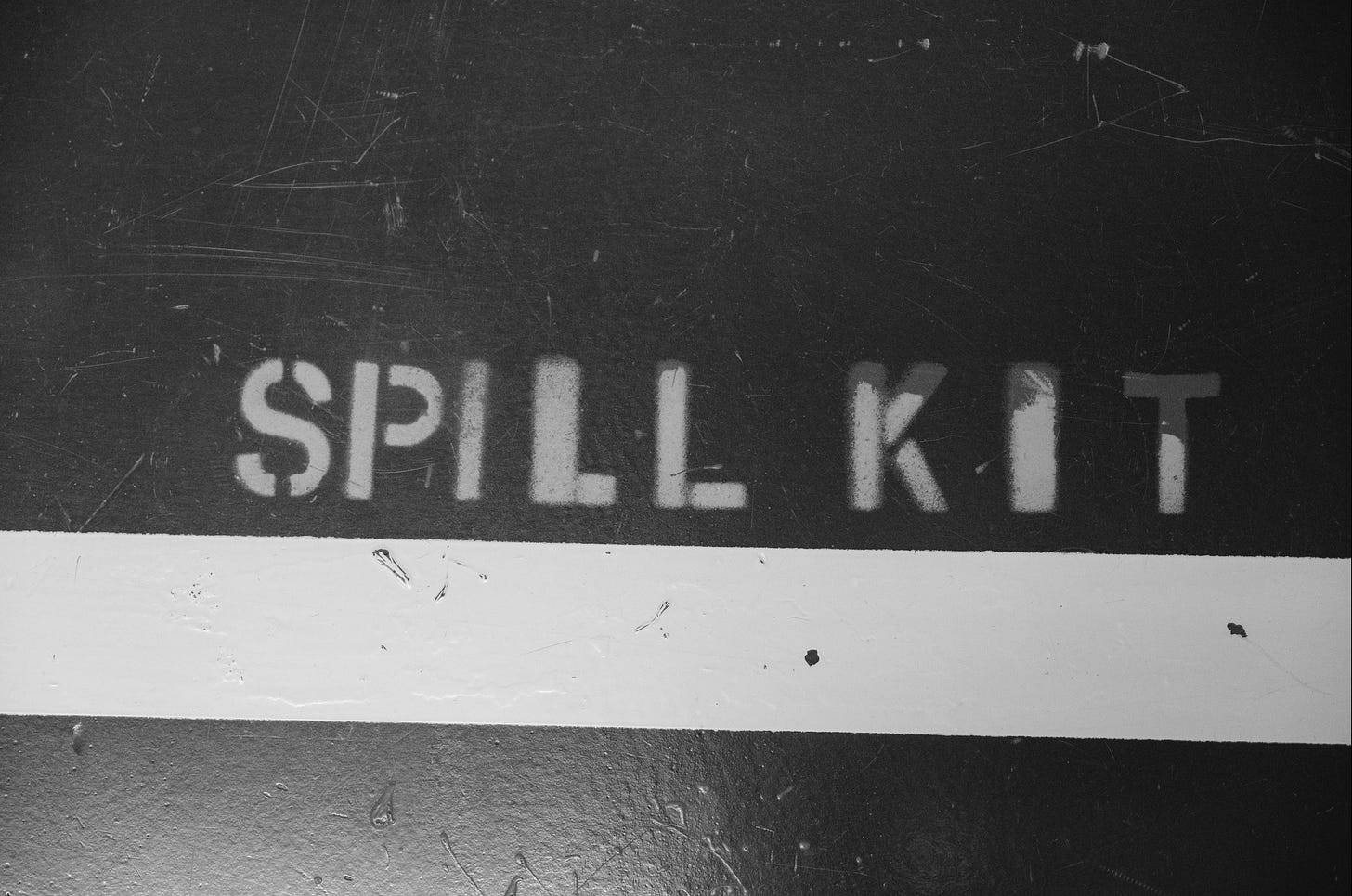

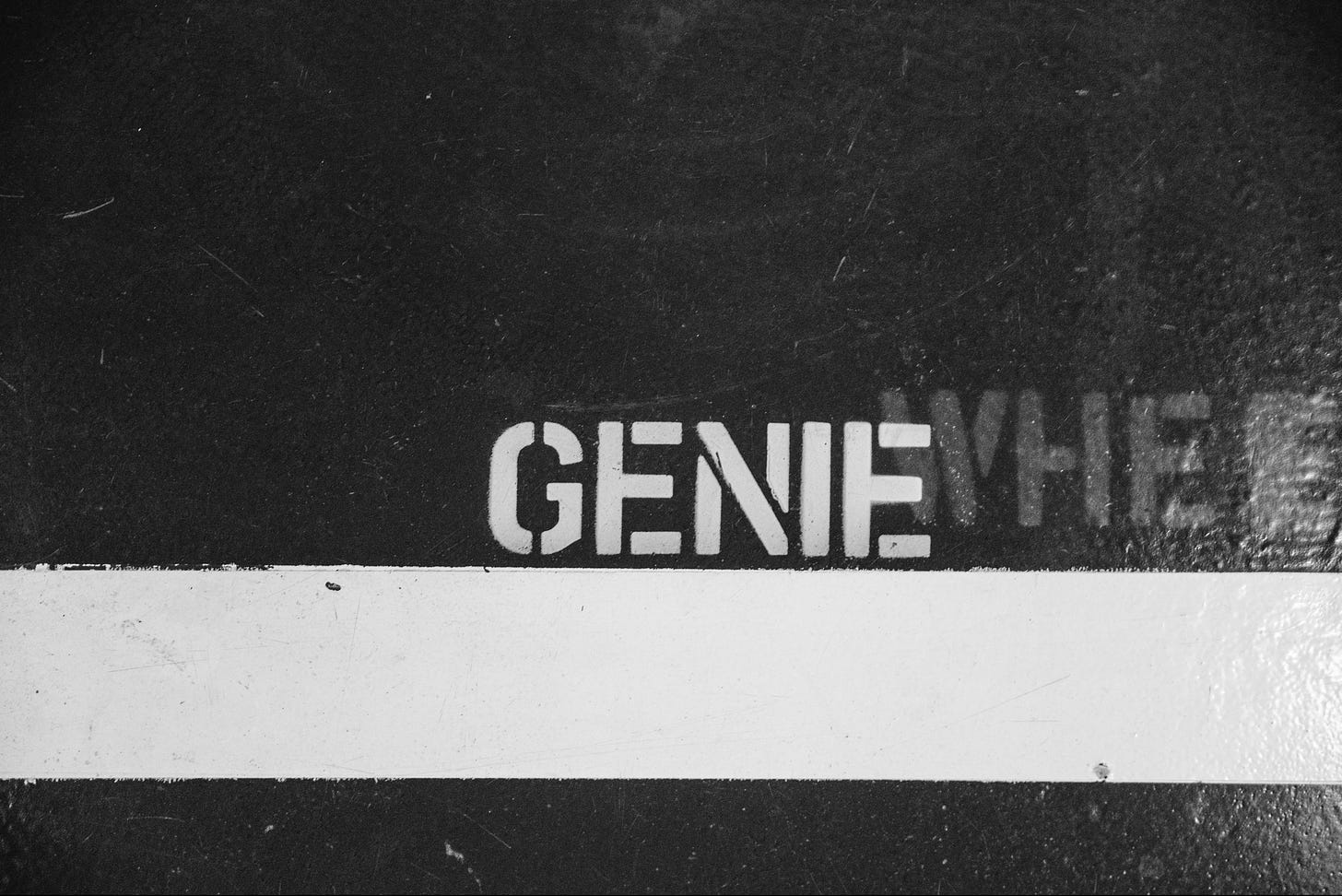
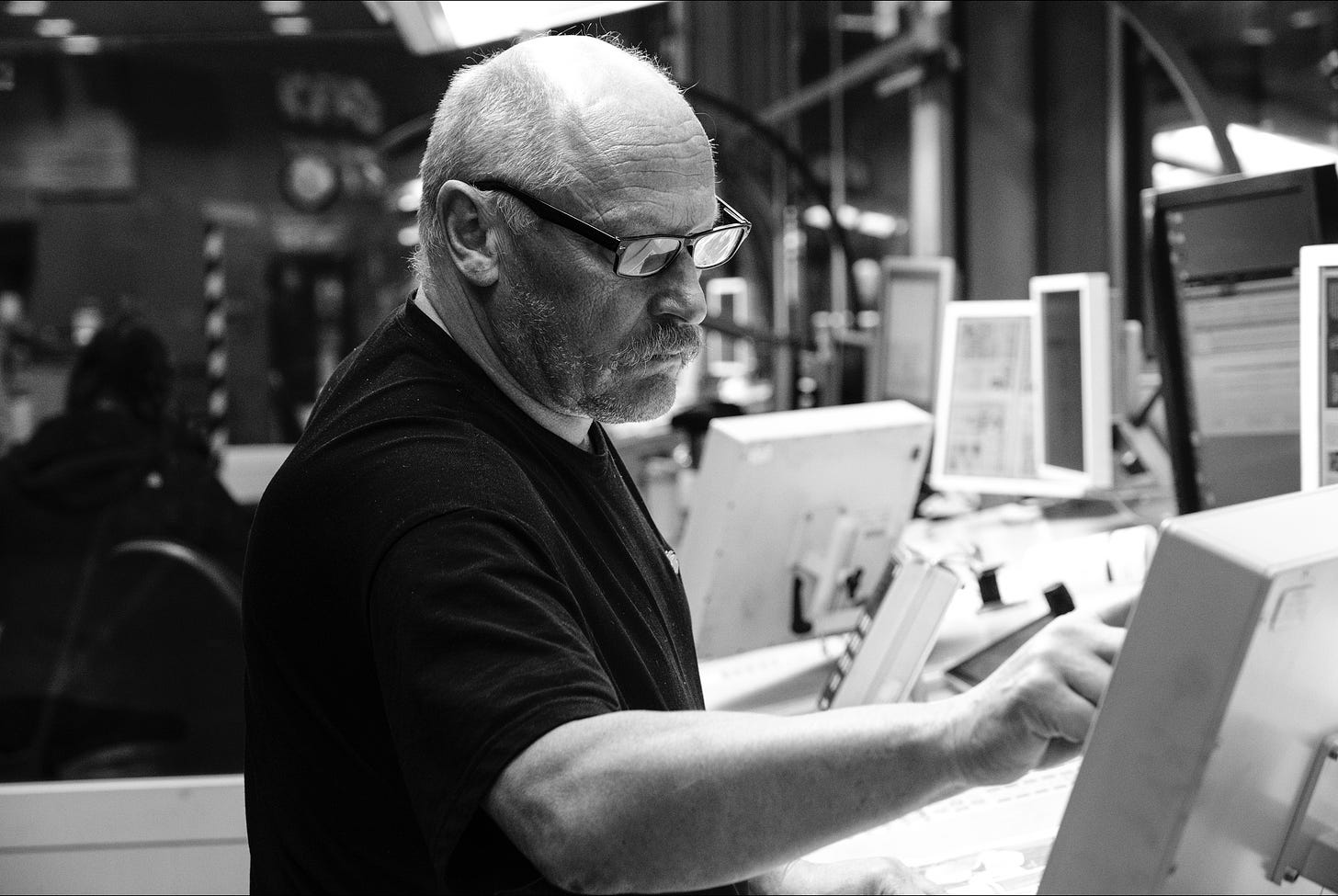
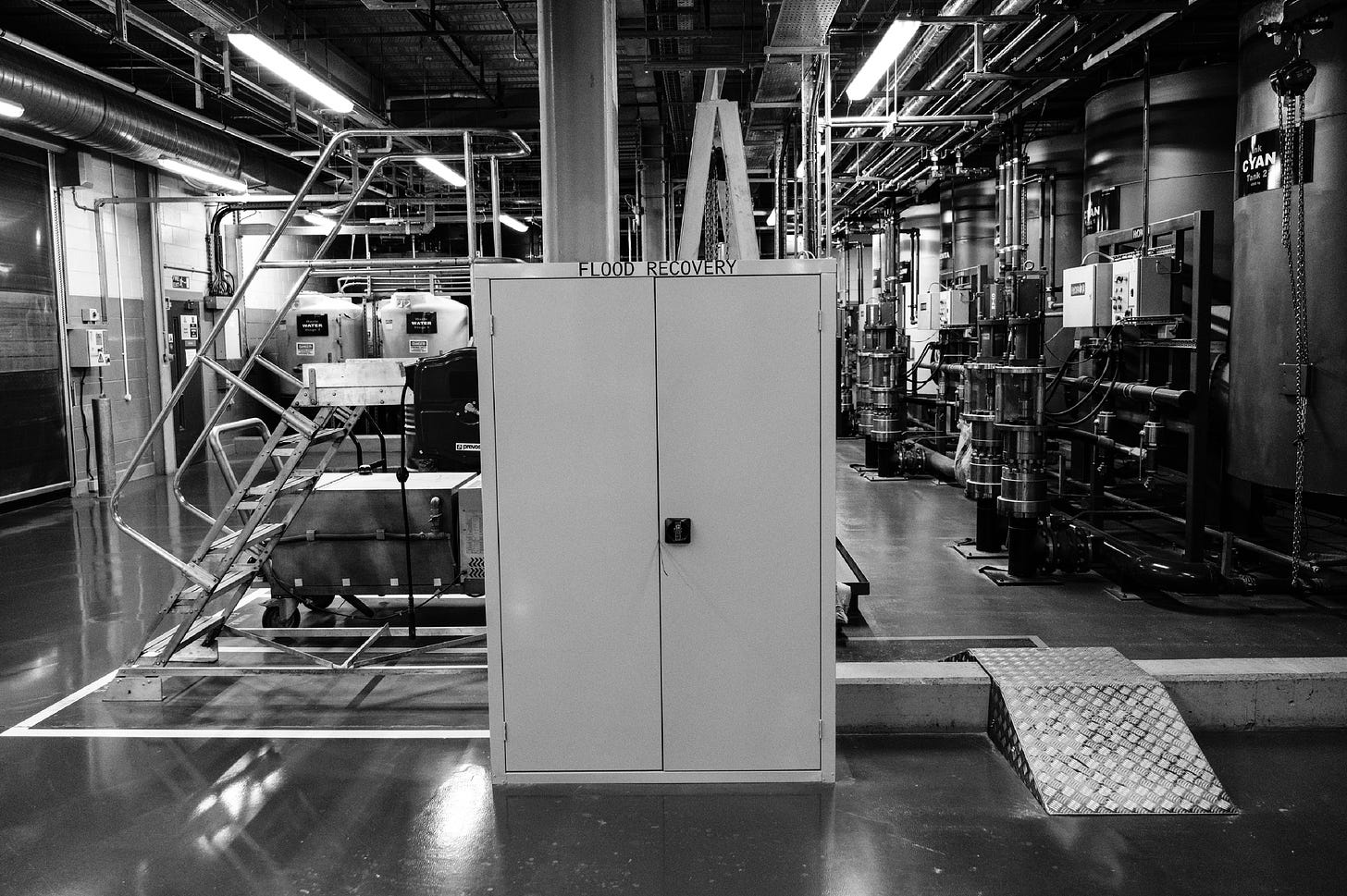
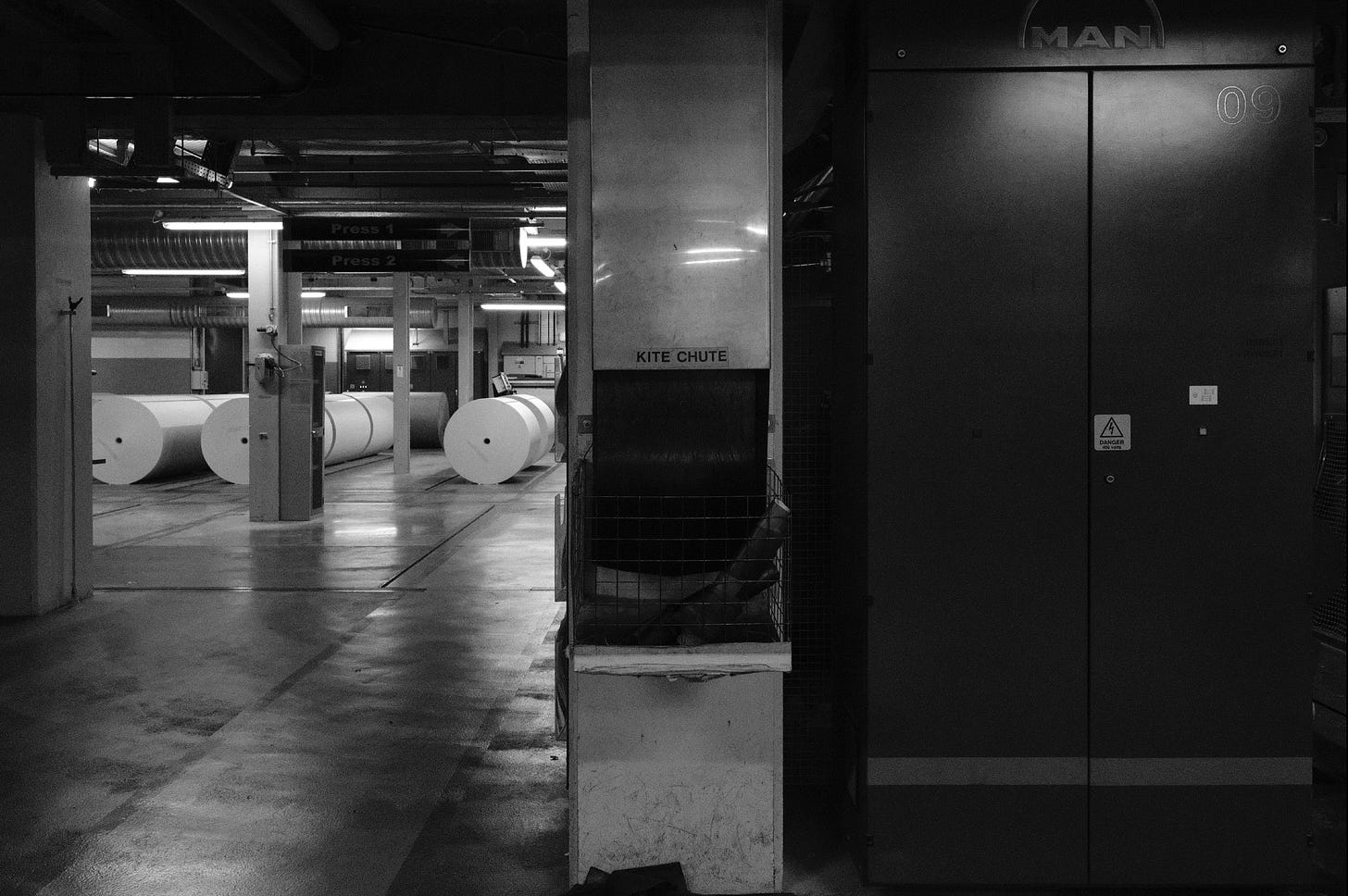
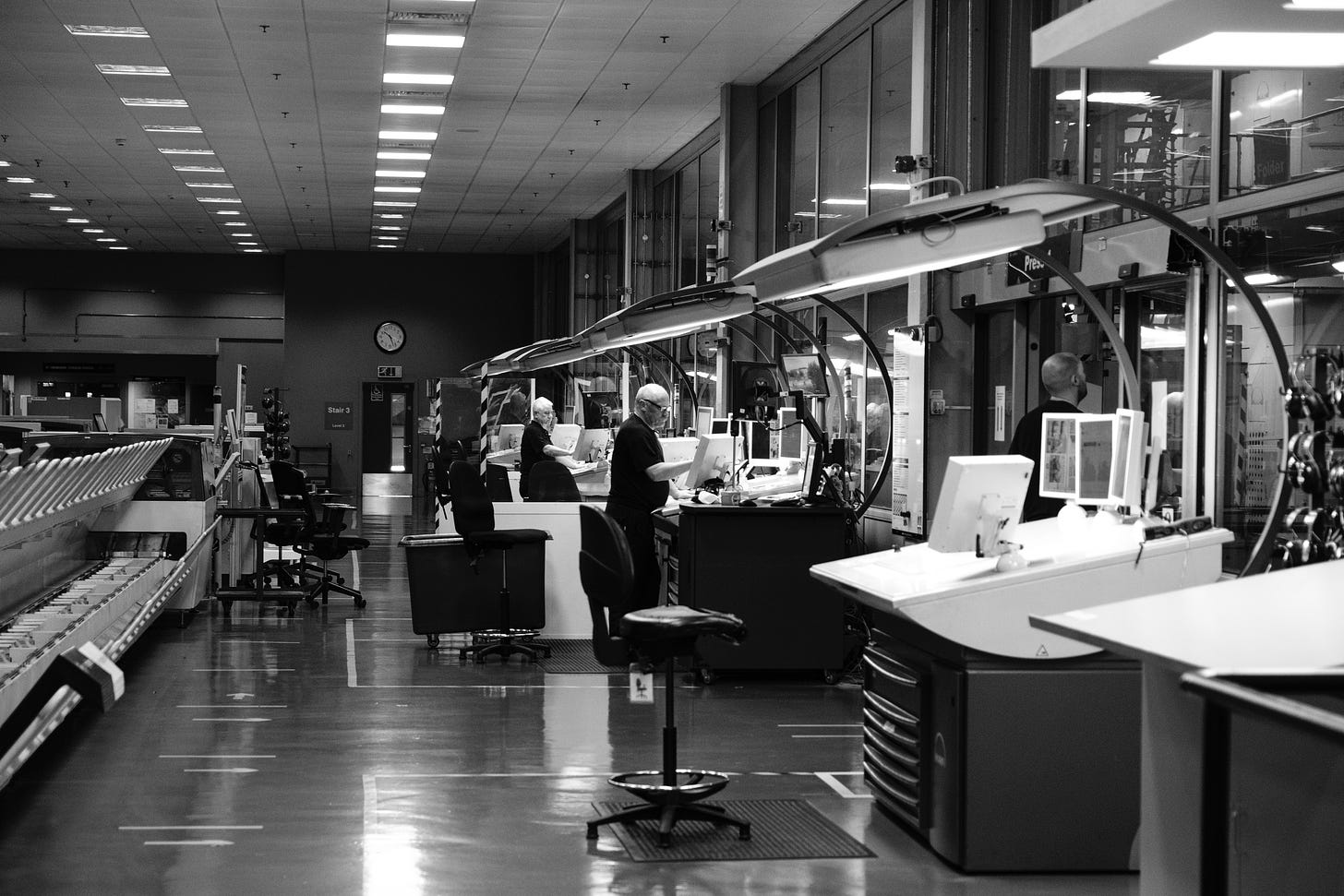
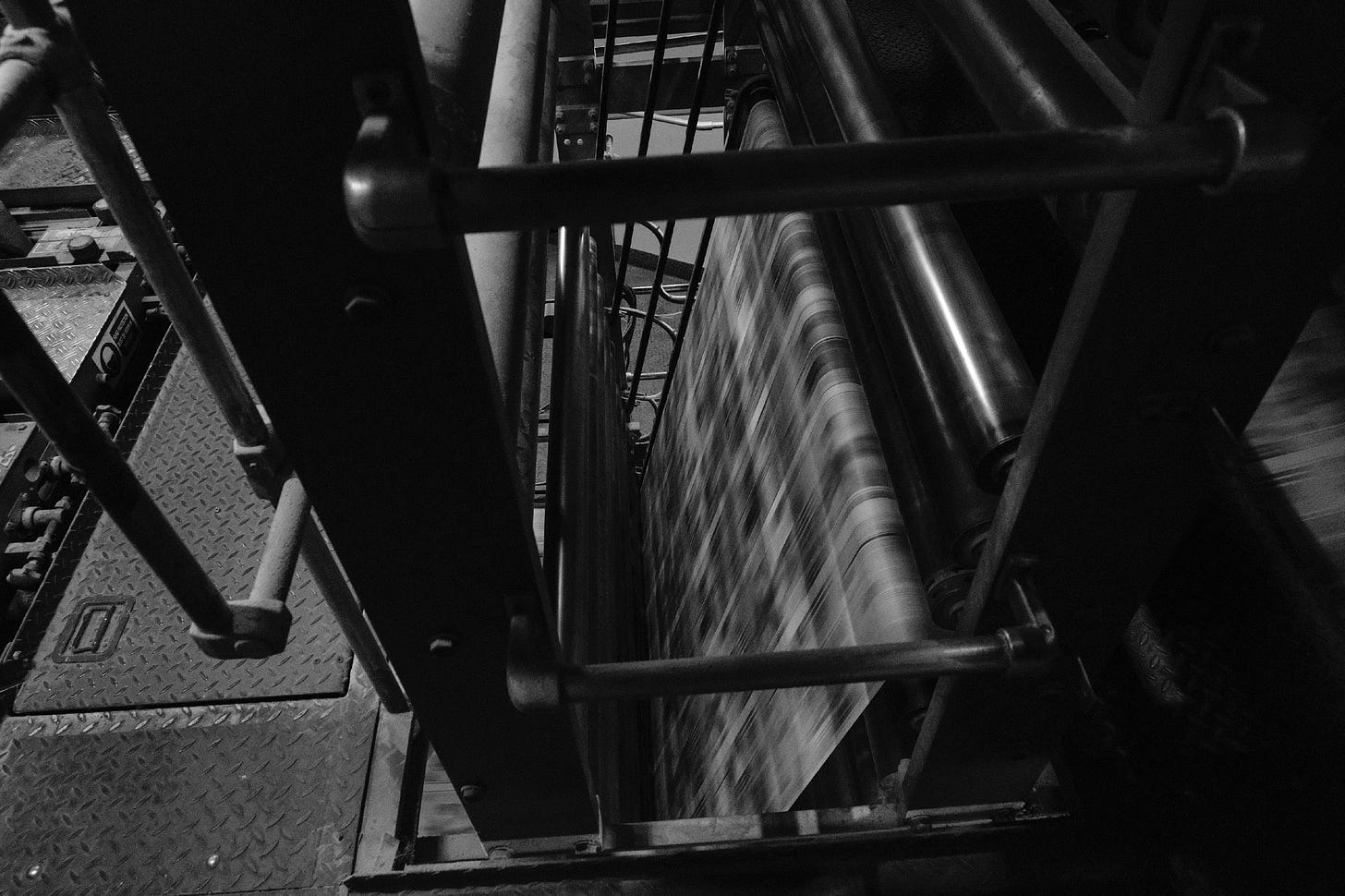
Great read. Your words and photos reminded me of the sheer amount of work that goes into a newspaper. The pleasure of a paper never goes away
A great read and nice pics, Kenny. It would have been nice to see them printed large - 100 dpi on 50gsm.
One of the things I like most on my trips back to the UK is being able to buy, feel and (is this weird?) smell a ‘physical’ newspaper. Of course, it’s great for me that I can read whatever titles I subscribe to online wherever I am, but there is surely something uniquely satisfying about the tactile experience of grubby newsprint. And I do find I read differently when it’s on paper - somehow it’s more immersive. (Apologies for the en-dashes, em-dashes seem to have gone the way of Linotype machines.)
It’s nice to be reminded me of some of the lingo I haven’t heard in a very long time. Amazed how much I remember and ashamed of how much I have clearly forgotten...